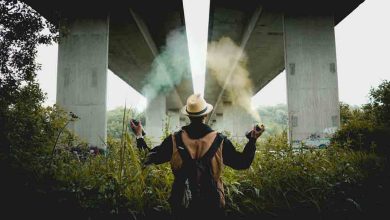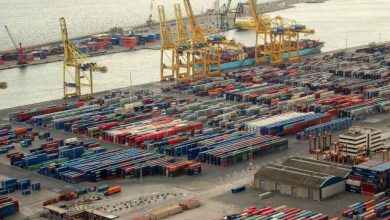Life Style: REVIEW: Stylish spy thriller ‘All the Old Knives’ shows off some new tricks

DUBAI: During a time of political transition for Iraq, with a new government still yet to be formed following elections last October, Iraq’s Minister of Culture, Tourism and Antiquities Hassan Nadhim inaugurated the 14th Al-Wasiti Fine Arts Festival on March 28 within the halls of the General Arts Department at the ministry’s headquarters in Baghdad.
“In this edition we have tried to revive the art scene in Iraq,” Dr. Faker Muhammed, Head of the Arts Department in the Ministry of Culture, told Arab News. “The scene has greatly suffered in the past 15-18 years, and it is about time we revive it. We have many plans set in that regard.”
The festival, which runs until the end of April, is the largest edition of its kind since it was launched in 1972 by pioneer Iraqi artists Faeq Hassan, Hafez Droubi and Shakir Hassan Al-Said. The festival stopped during the 1990s and then resumed in 2010 for one showing. It then took place again in 2017 and has been held annually ever since except for 2019, due to the Iraqi protests, and in 2021.
This year’s event, which organizers said is “the first successful plastic arts event held in the country since 2003,” presents 300 artworks, including 75 paintings, 36 sculptures, six ceramic and 36 calligraphy works. These are distributed in two halls in the Department of Arts at the Ministry of Culture. There were also 147 artworks by Iraqi art pioneers, which were exhibited in the Ministry of Culture in a newly opened facility called Faeq Hassan Hall.
Notable Iraqi artists based abroad, such as Serwan Baran, Hussein Tai, Waleed Qaisi, Ali Jabbar, Mahmoud Shubbar, Ahmad Bahrani, Kareem Saadon, Hasanein Azzawi, Abed El-Amir Khateeb, Ali Najjar, Hassan Abboud and Haidar Ali, with some returning to the country after many years away, joined Iraqi artists residing in the country to present works that represents the breadth of artistic diversity in the Iraqi art scene.
“This year we focused on the quality of the artworks exhibited,” Muhammed told Arab News. “We aimed to have at least 80 percent of the exhibited artworks on par with the current standards of the art world.
“In the previous edition, the management focused on the quantity of the artworks as opposed to the quality,” he added.
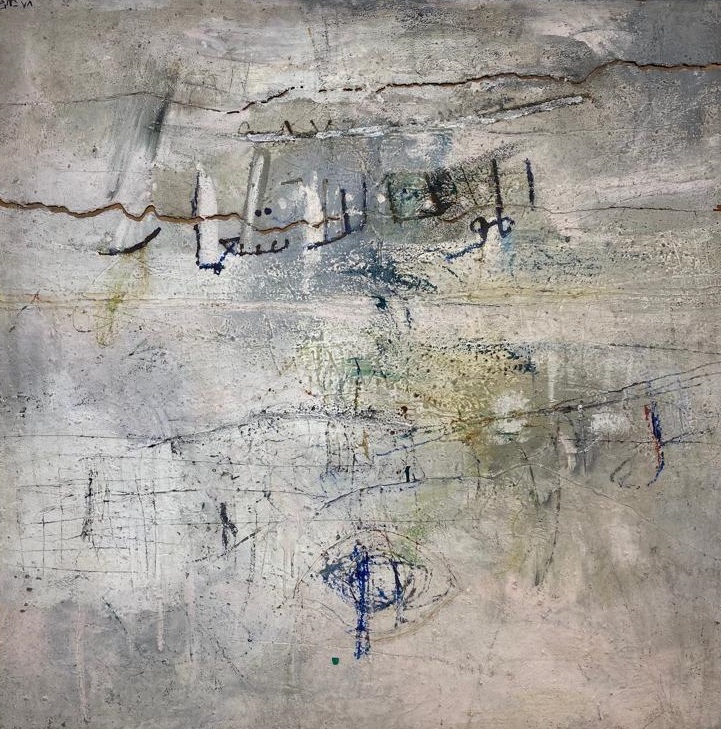
“What distinguishes this festival is the participation of artists from the diaspora. We had around 12 artists flying in from Denmark, Sweden, England, Jordan, UAE, the Netherlands and Lebanon.”
Lebanese art dealer and Arab art expert Saleh Barakat also flew in from Beirut to give a lecture on the revitalization of the art market in Iraq.
“This festival was extremely important because it brought many Iraqi artists from abroad back to the country,” Barakat told Arab News. “The diaspora artists are now coming back to Baghdad and this is very important.”
It also prompted the Ministry of Culture and director of fine arts to refurbish part of the Museum of Modern Art in Baghdad where the ministry is located.
“It allowed for the public to visit a section of the ministry dedicated to pioneer artists allowing people like me to see paintings that have really not been seen before, like the work of Shakir Hassan Al-Said, Jewad Selim and Kadhim Hayder — some magnificent works exhibited for the first time after a long time of being in storage,” added Barakat.
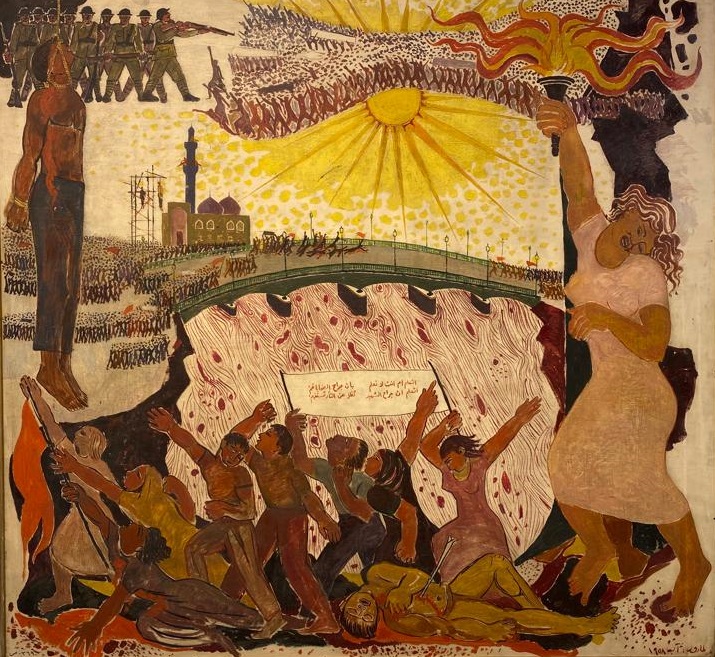
Muhammed, the new head of the Arts Department at the Ministry of Culture, who is also an artist and formerly dean of the College of Fine Arts at the University of Babylon before he took his post at the Ministry of Culture in early March this year, arranged the festival in just two weeks. With a small budget granted from the Ministry of Oil to the Ministry of Culture, Muhammed was able to assist in presenting work by Iraqi artists who have been absent from the country since the 1980s and 1990s.
“What we are seeing now in Baghdad is something we haven’t witnessed since the 2003 war,” said Zeinab Al-Lami, an Iraqi art dealer and consultant residing between Beirut and London, who traveled to Baghdad for the festival.
Dr. Nada Shahbout, an Iraqi art historian and a professor of art history at the University of North Texas, attended the festival from the US.
“Beyond the art, the Al-Wasiti Festival this year showed much potential for a better future,” Shahbout told Arab News. “While the Iraqi diaspora artists invited were limited, the idea of bridging the gap between inside and outside Iraqi art and allowing the space for healing is in itself much needed, and will certainly yield fruitful results beyond the festival.
“There is so much talent and potential in Iraq,” she added. “Young artists however need to see new things beyond the limitations they have. In many ways they are still isolated, whether in their education, exposure or spaces to exhibit.”
Muhammed said that the revitalization of the cultural sector in Iraq is proof of “positive change for the security situation” in the country.
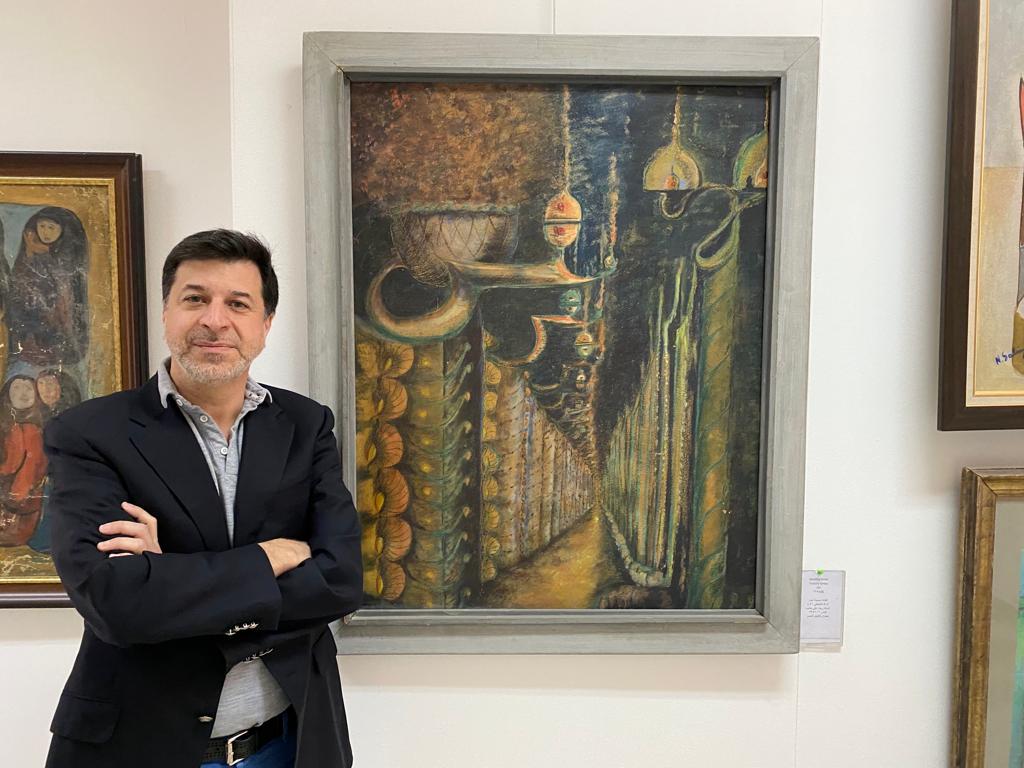
“I have a great belief that Baghdad stands back on her feet very quickly and there is now a healthy business culture,” he told Arab News. “We have noticed that four galleries have opened in the past six months alone, and Baghdad is welcoming more tourists.”
Iraqi Prime Minister Mustafa Kadhimi attended the festival and, according to Muhammed, bought about 20 artworks.
“The practice of art collecting culture has been growing in Baghdad over the past year and a half,” he added. “We are noticing the birth of a healthy art market now, contributed to by a number of people, including the prime minister. This all goes to prove that the plastic art movement in Iraq is still alive and breathing, and that the Iraqi artist is a highly productive and capable artist.”
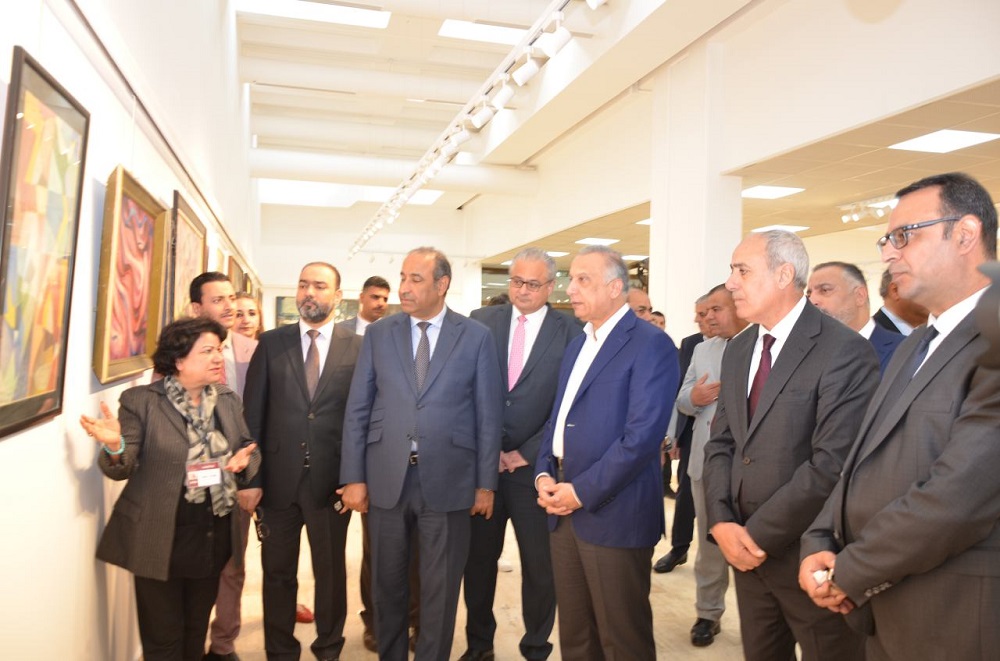
Muhammed emphasized the development of private sector initiatives for art and culture in Iraq, such as the Private Bank League, chaired by Wadeaa Al-Handal, who oversaw the opening of a new gallery late last year.
“Such relationships between the private sector and the artists are very healthy for the art scene in Iraq,” added Muhammed.
However, he added that he personally believes that artists should avoid relying on the government for art marketing and representation. “It is important to forge business relationships between actors in the private sector and the artists,” he said. “Thankfully, we are beginning to see this in Baghdad.”
Indeed, even while the country’s political fate hangs by a thread, movement in the cultural and tourism sector for Iraqi, particularly for Baghdad, a longtime gem for Arab history and culture, indicates that light is at the end of a long and difficult tunnel.
Noting that the news was copied from another site and all rights reserved to the original source.
xnxx,
xvideos,
porn,
porn,
xnxx,
Phim sex,
mp3 download,
sex 4K,
Straka Pga,
gay teen porn,
Hentai haven,
free Hentai,
xnxx,
xvideos,
porn,
porn,
xnxx,
Phim sex,
mp3 download,
sex 4K,
Straka Pga,
gay teen porn,
Hentai haven,
free Hentai,
